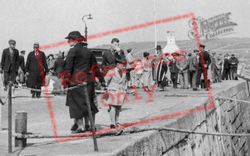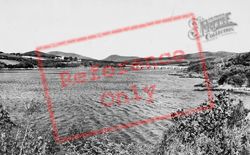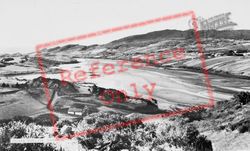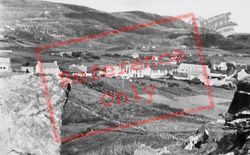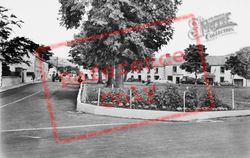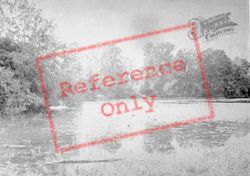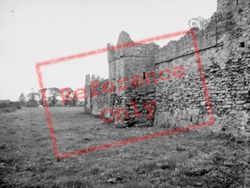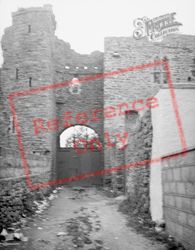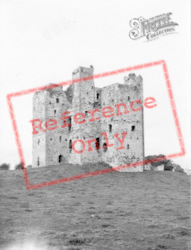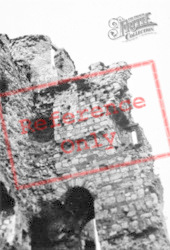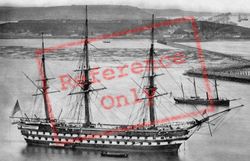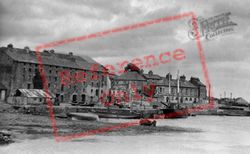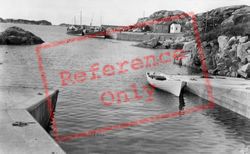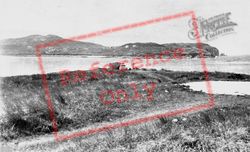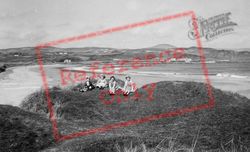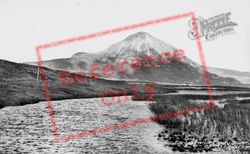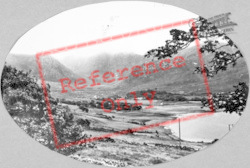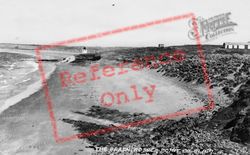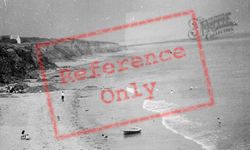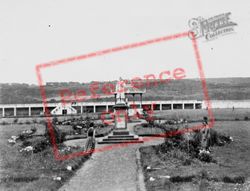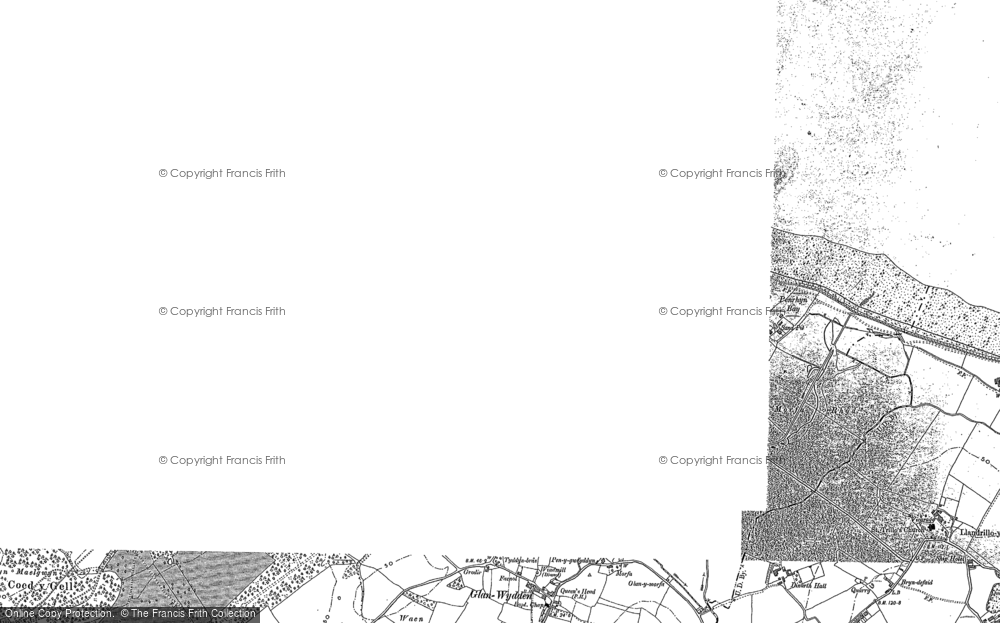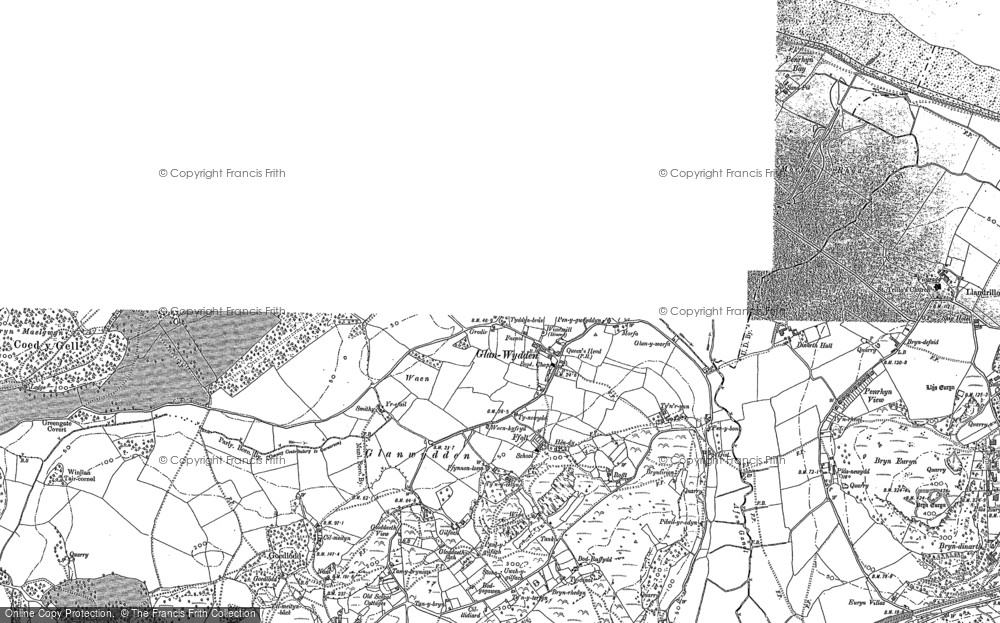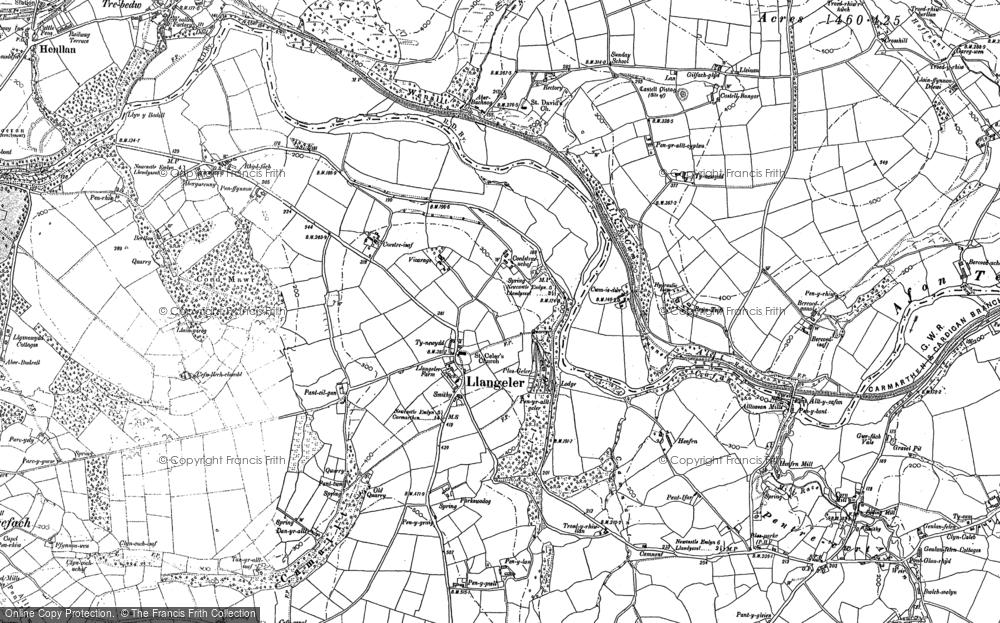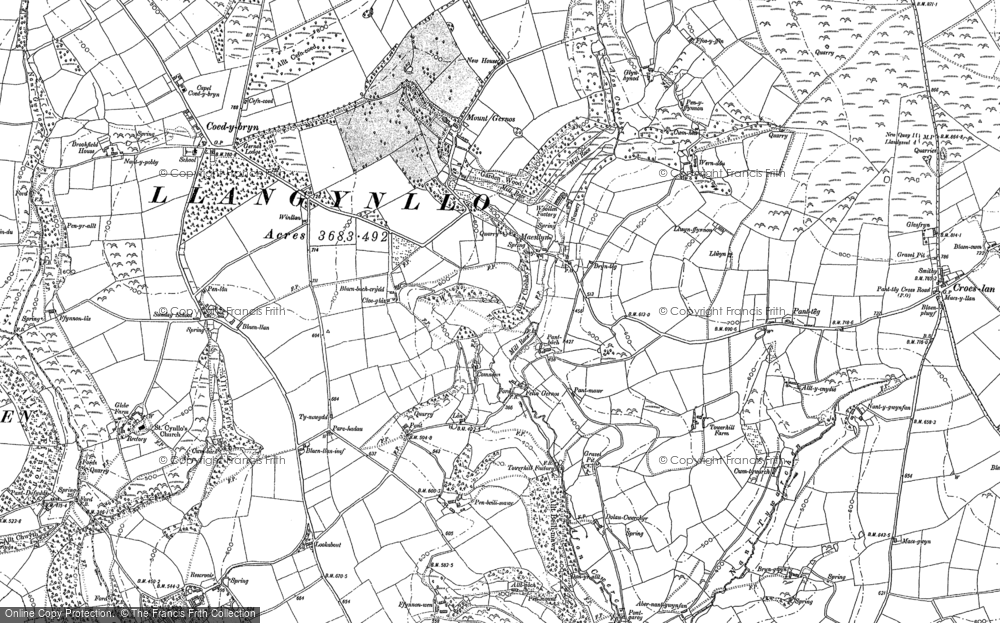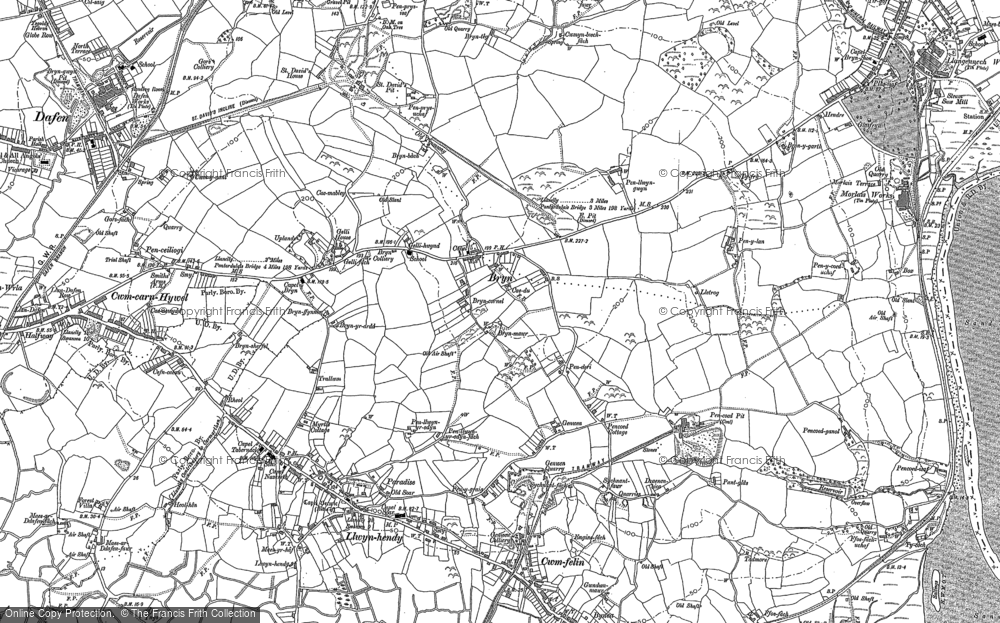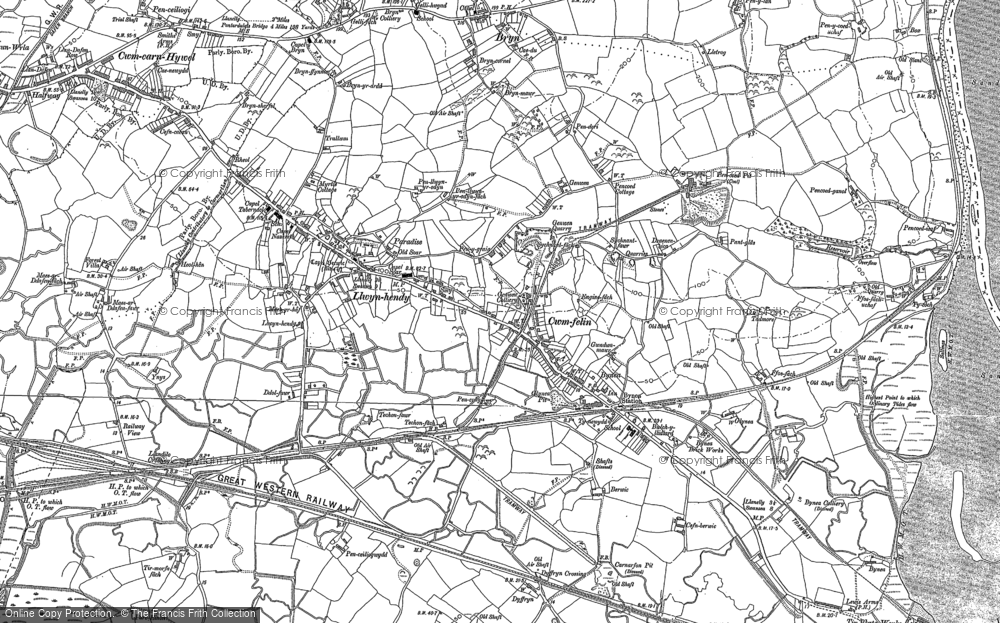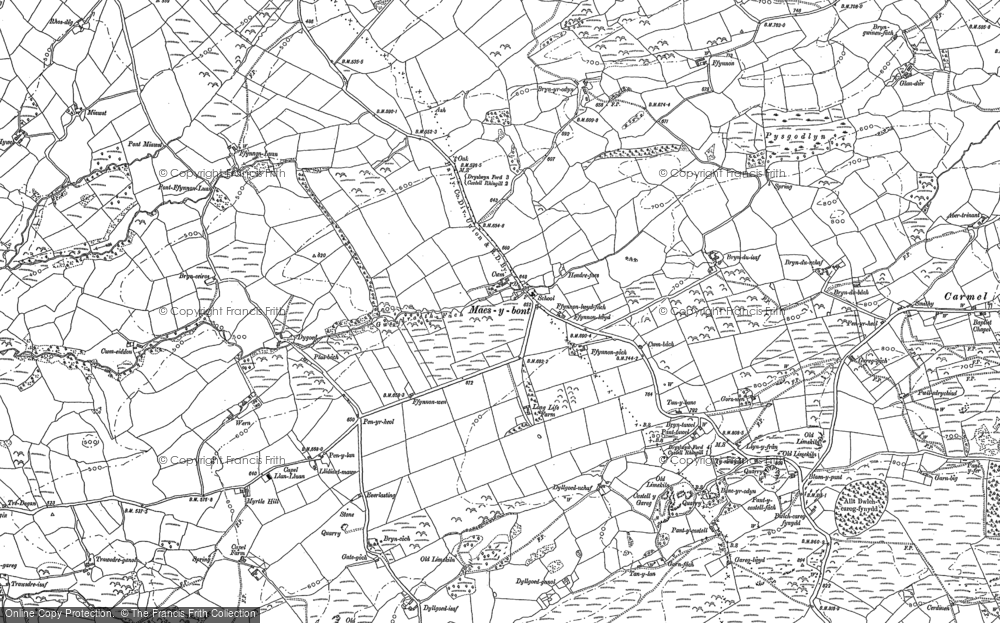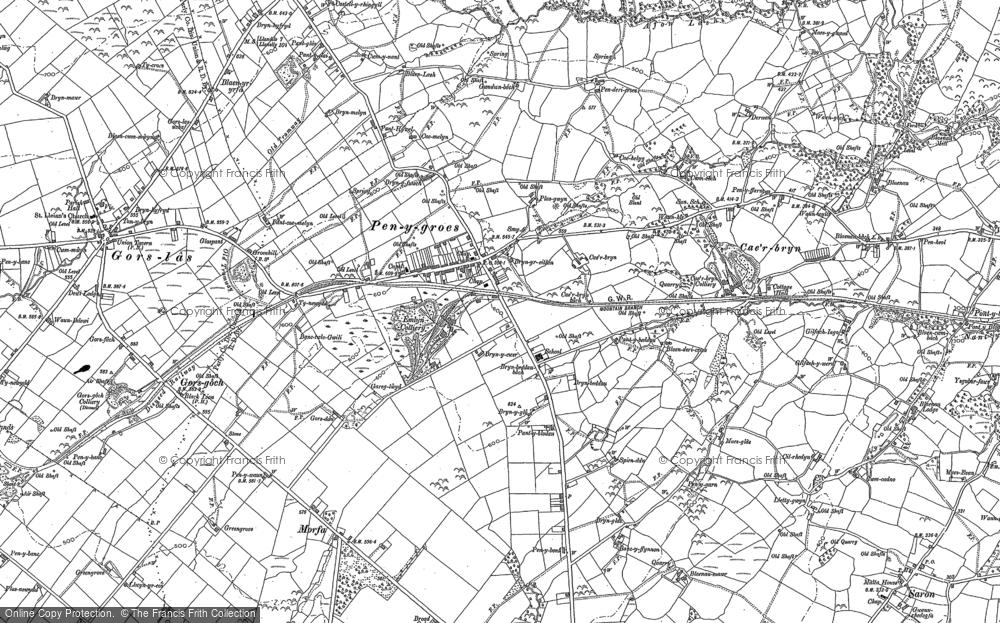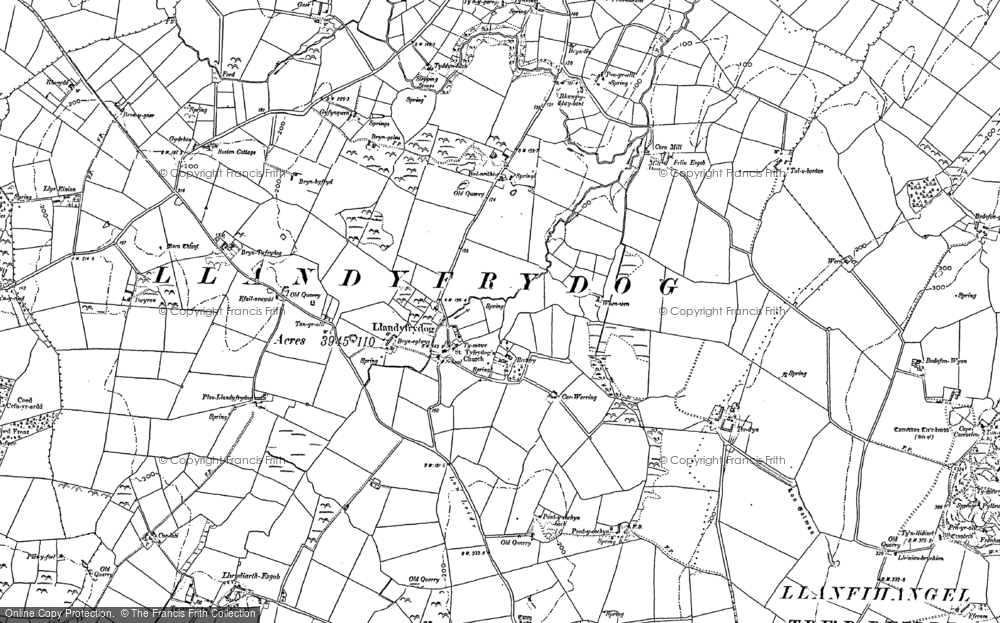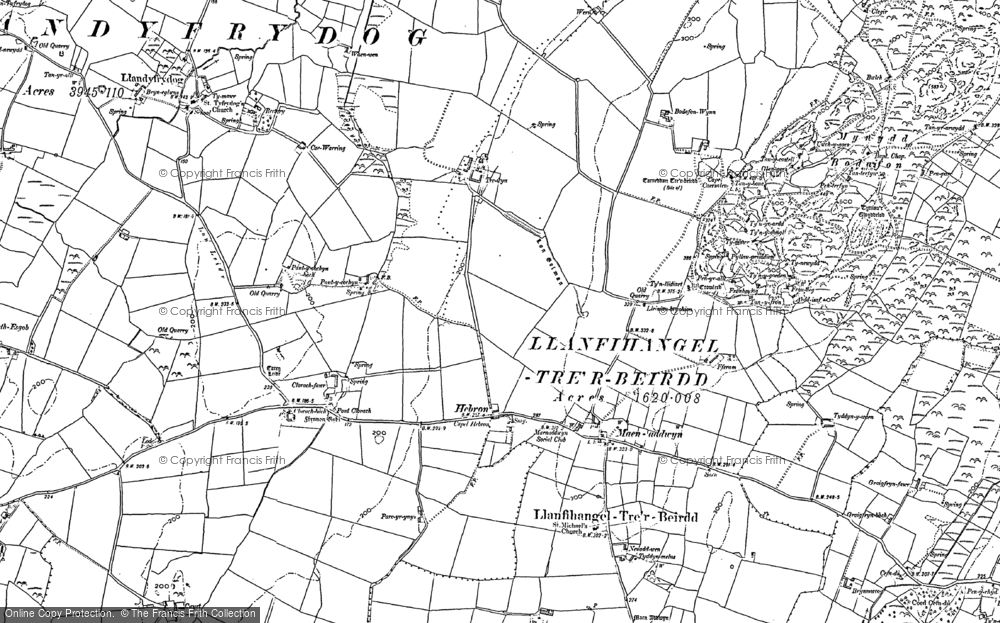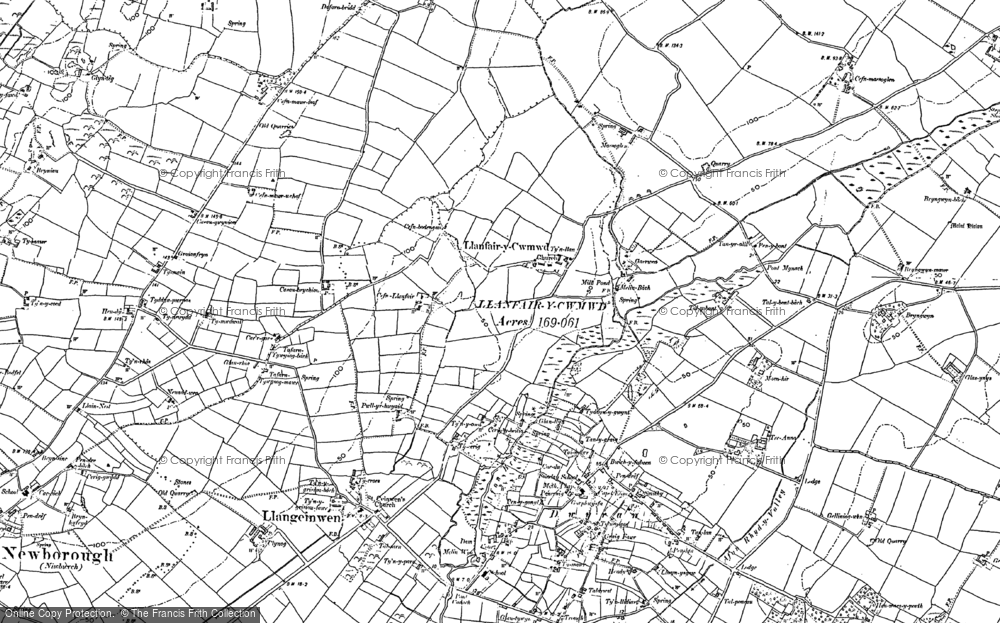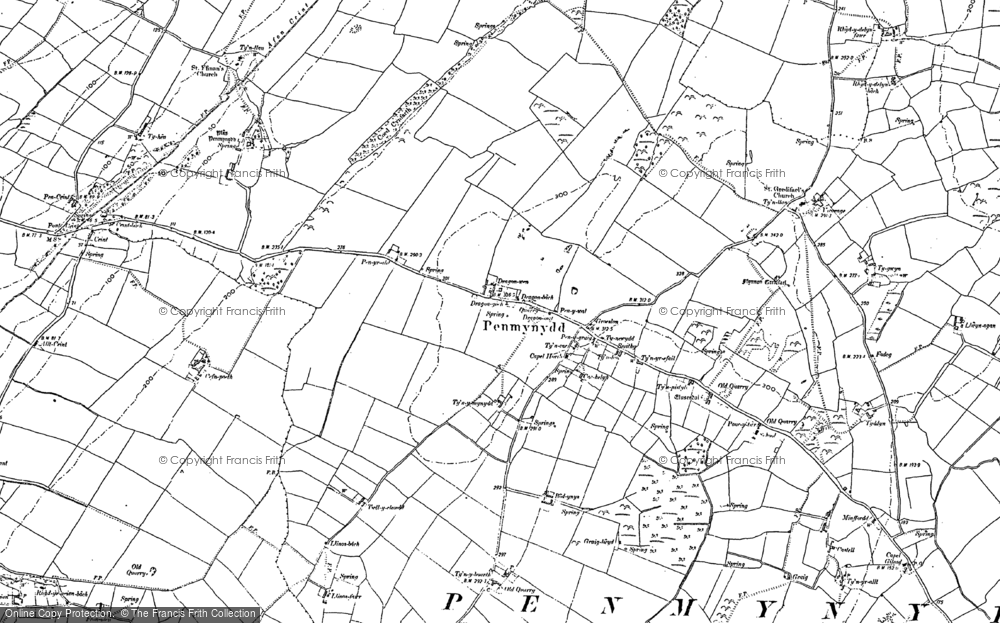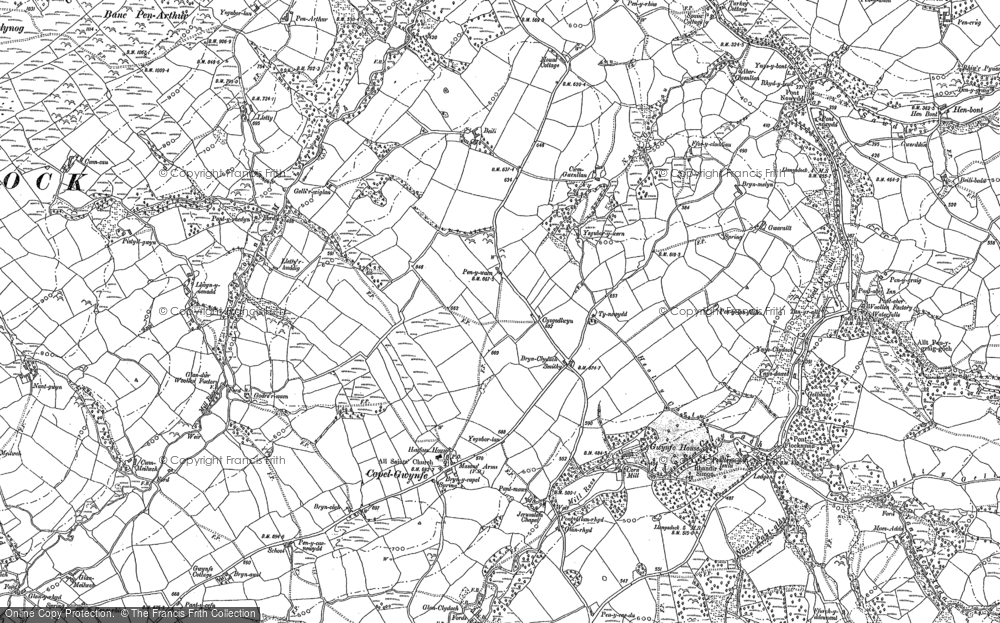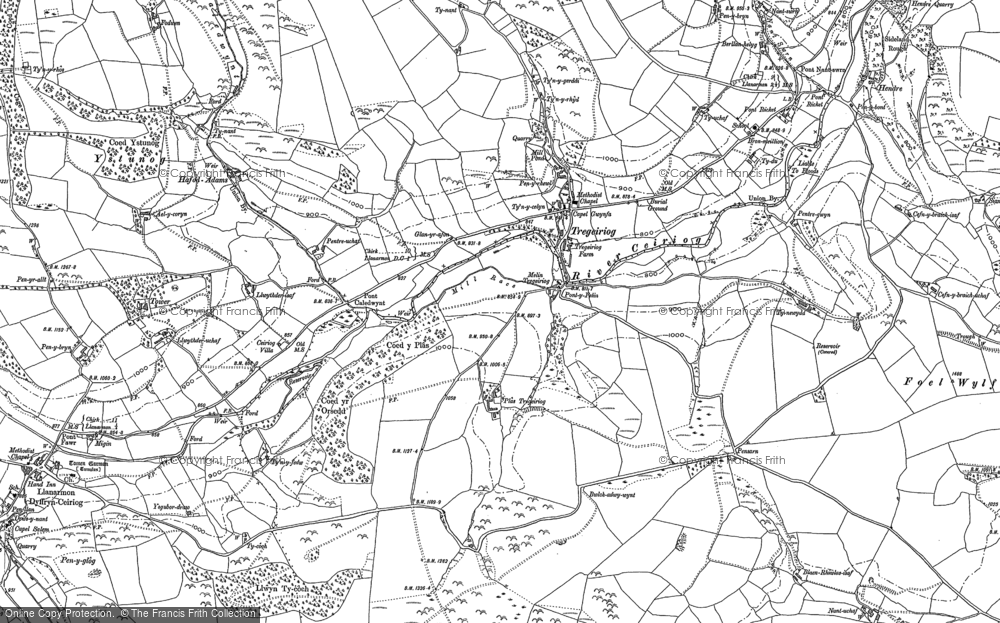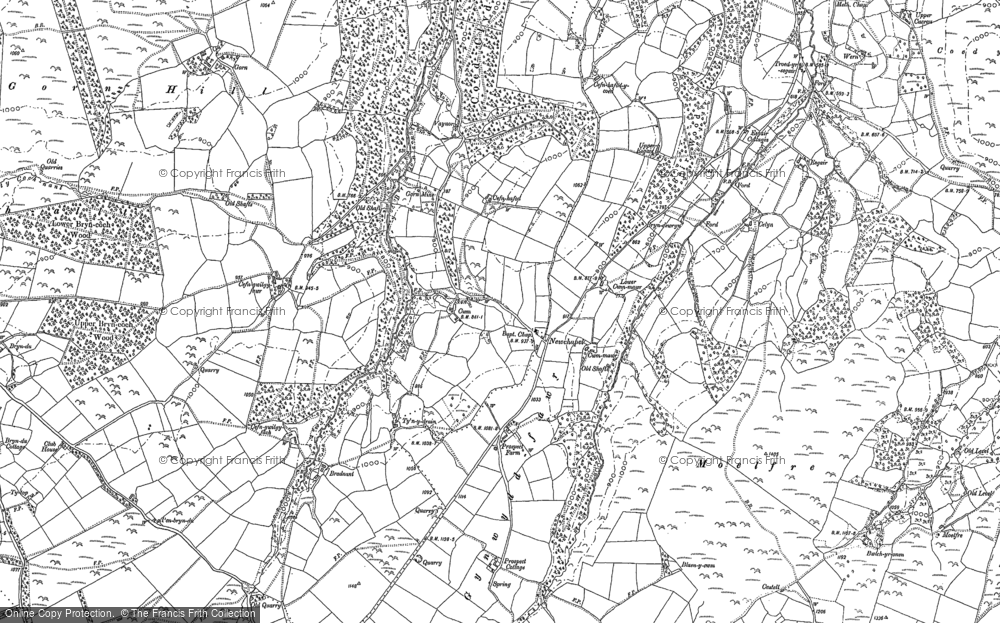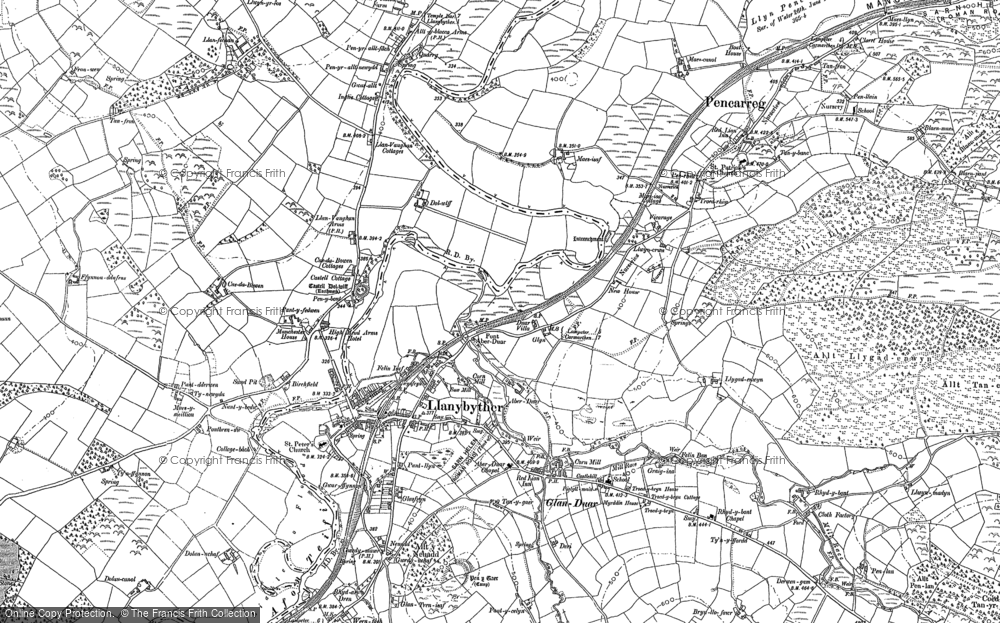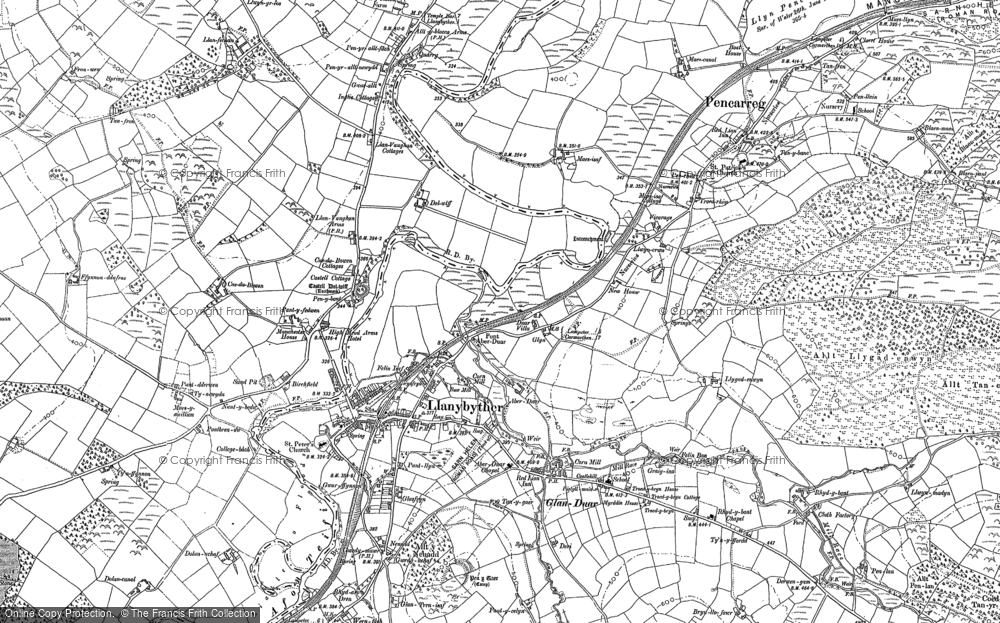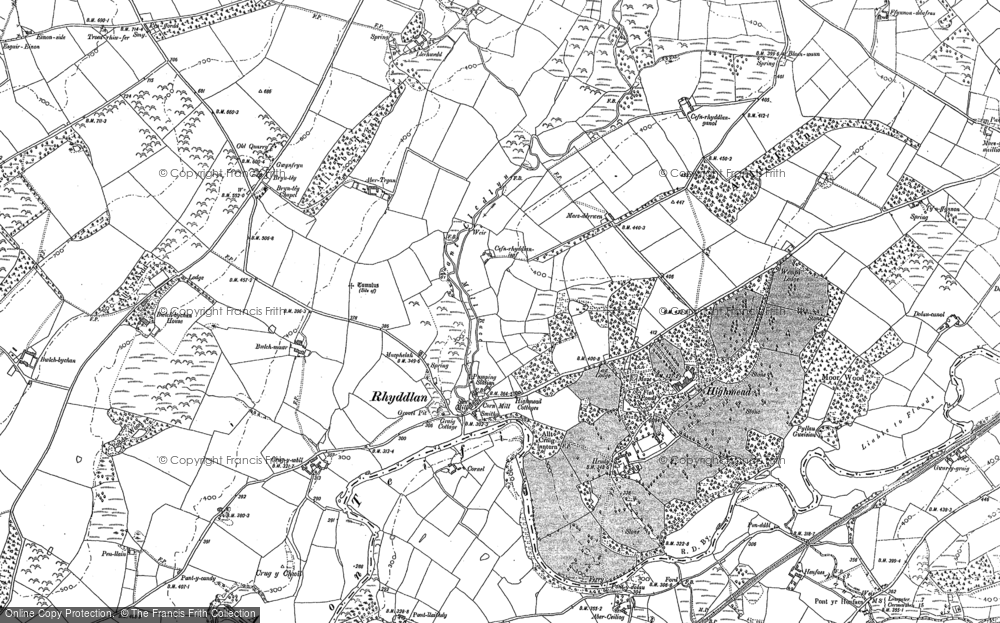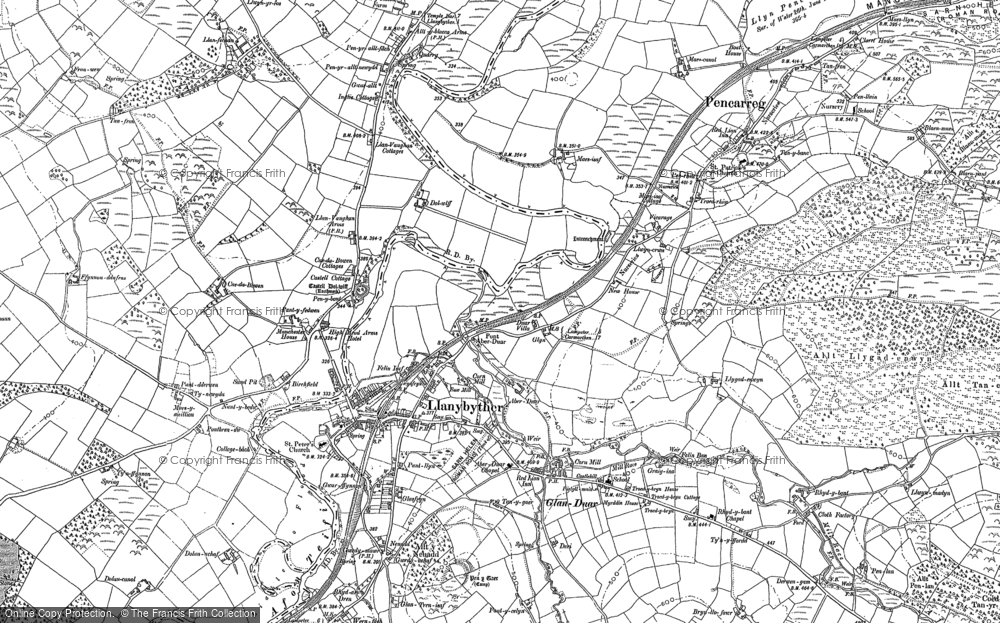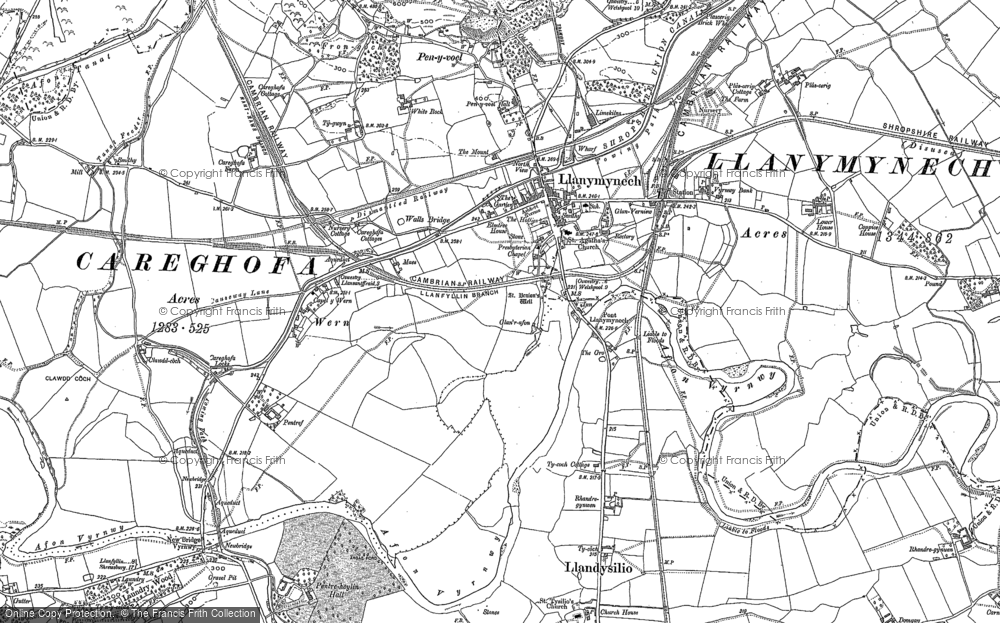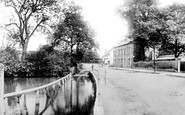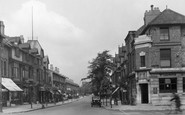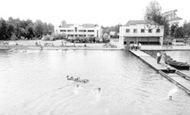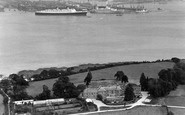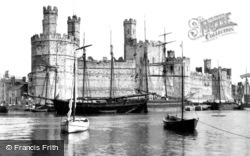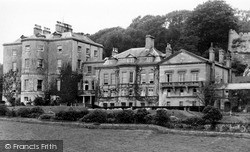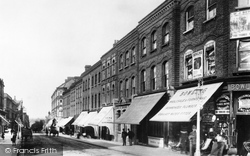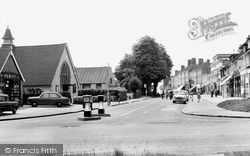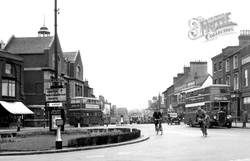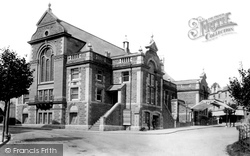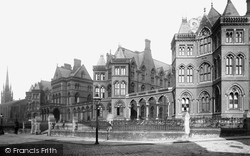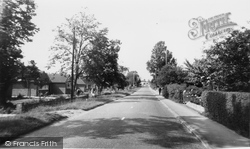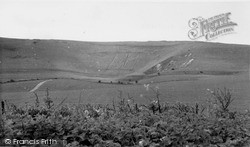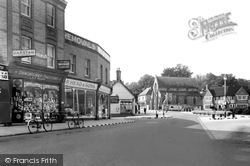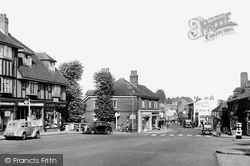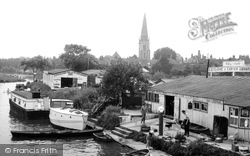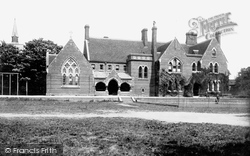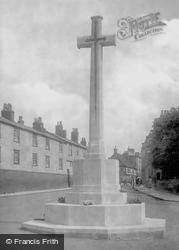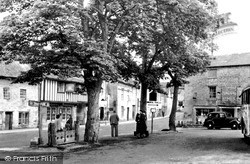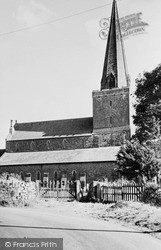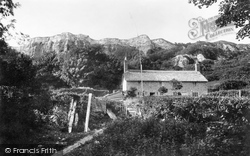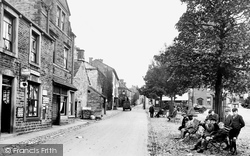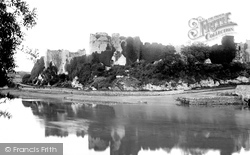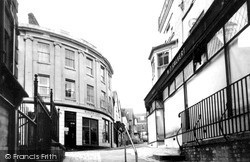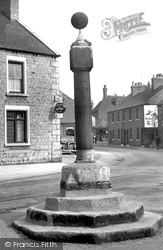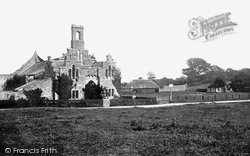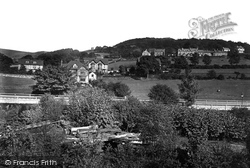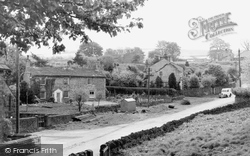Merry Christmas & Happy New Year!
Christmas Deliveries: If you placed an order on or before midday on Friday 19th December for Christmas delivery it was despatched before the Royal Mail or Parcel Force deadline and therefore should be received in time for Christmas. Orders placed after midday on Friday 19th December will be delivered in the New Year.
Please Note: Our offices and factory are now closed until Monday 5th January when we will be pleased to deal with any queries that have arisen during the holiday period.
During the holiday our Gift Cards may still be ordered for any last minute orders and will be sent automatically by email direct to your recipient - see here: Gift Cards
Places
36 places found.
Those places high-lighted have photos. All locations may have maps, books and memories.
- Shanklin, Isle of Wight
- Ventnor, Isle of Wight
- Ryde, Isle of Wight
- Cowes, Isle of Wight
- Sandown, Isle of Wight
- Port of Ness, Western Isles
- London, Greater London
- Cambridge, Cambridgeshire
- Dublin, Republic of Ireland
- Killarney, Republic of Ireland
- Douglas, Isle of Man
- Plymouth, Devon
- Newport, Isle of Wight
- Southwold, Suffolk
- Bristol, Avon
- Lowestoft, Suffolk
- Cromer, Norfolk
- Edinburgh, Lothian
- Maldon, Essex
- Clacton-On-Sea, Essex
- Felixstowe, Suffolk
- Norwich, Norfolk
- Hitchin, Hertfordshire
- Stevenage, Hertfordshire
- Colchester, Essex
- Nottingham, Nottinghamshire
- Bedford, Bedfordshire
- Bury St Edmunds, Suffolk
- Aldeburgh, Suffolk
- St Albans, Hertfordshire
- Hunstanton, Norfolk
- Chelmsford, Essex
- Bishop's Stortford, Hertfordshire
- Peterborough, Cambridgeshire
- Brentwood, Essex
- Glengarriff, Republic of Ireland
Photos
11,145 photos found. Showing results 10,801 to 10,820.
Maps
181,031 maps found.
Books
442 books found. Showing results 12,961 to 12,984.
Memories
29,072 memories found. Showing results 5,401 to 5,410.
Stanmore 1950 52
Hallo , my name is Cliff Bowley. My family moved to Stanmore in 1950 to a very large house called "Belmont Lodge " on the corner of Denis Lane and London Road junction. Does anybody remember it? It was knocked down for development, ...Read more
A memory of Stanmore by
The Fairway
I was born at 28 The Fairway in 1946. There was (is) a wide grassed area down the centre of the road making it a kind of dual carriageway. In the years following the 2nd World War there were, "Pig bins", on several sections of the grass ...Read more
A memory of Northolt by
Grosvenor Road And Urmston, Always A Place In My Heart.
I lived on Grosvenor Road, Urmston - the allotment end - from 1965 to late 1969 age 3 to nearly 8 years of age with my 2 brothers and parents (we then moved to Blackburn). My daughter has recently ...Read more
A memory of Urmston by
Happy Days
I went to Wescott Road school in 1950 then St Crispins 1956. I can recall quite a few shops. Herrings furniture where you could buy on HP with no checks, as Mr Herring assessed whether or not you looked trustworthy. NSS newsagents. Next ...Read more
A memory of Wokingham by
The Stanley Estate
I have a copy of the property sales of the estate and it's amazing to see the prices. The photo are good too.
A memory of Alderley Edge by
Widnes Maternity Home
I was born in Widnes Maternity Home in 1946. Not sure if that was the correct name. My parents lived on Boston Avenue in Runcorn and my grandparents on Taylor’s row. It was great finding this site. I’m going to look at the pictures of Widnes and just marvel at it.
A memory of Widnes by
Queen Elizabeth
Seeing this beautiful liner reminds me that my father used to work on both. These ships would cross the Atlantic within 3 miles of each other. He took a photo of the Queen Mary as they were in the height of a severe storm. The bridge of The Mary was under water, the props exposed.
A memory of Hythe by
Bradford House
My daughters and I lived happily at Bradford House for seven years in the late 1990's ... The house was originally two 17th century cottages at right angles to each other. The Victorians then re-modelled one of the ...Read more
A memory of Bradford-on-Tone by
Ramblings Of A Septuagenarian.
My grandparents, Ernest and Ada Forrester lived, with my aunt Bess, Dad's sister, in the tiny cottage attached to the Congregational Chapel on The Green. They were the Chapel caretakers. In return they lived ...Read more
A memory of Newton Burgoland by
The First Attempt To Demolish Lawson School.
A young man called Howard Watson, lived in Dover Street, owned a convertible sports car. Beautiful thing,maybe a Triumph with a bonnet that opened forwards. His Dad was sitting in it on the top common ...Read more
A memory of Cargo Fleet by
Your search returned a large number of results. Please try to refine your search further.
Captions
29,395 captions found. Showing results 12,961 to 12,984.
Here we get a good view of the banded masonry along the south front. Inspired by the Theodosian Wall at Constantinople, its use at Caernarvon was deliberate and designed to impress.
A corner of the 13th-century castle can be seen at the top right of the picture, though our main subject is the country house built by Thomas Mansel Talbot in the 1770s and its 19th-century additions.
Although the railway station opened in 1847 some 200 yards south of the Cock Hotel crossroads, development did not really get under way here until the Epsom Downs line opened in 1865, and new station
This view is at the junction of Woodside and Rickmansworth Roads and looks south-west towards Oakfield Corner.
Partially hidden by street furniture and a Green Line bus, the imposing building to the left is Luton Technical College, opened in 1906 as Luton Secondary School and now the site of Luton University.
This Victorian edifice has been the venue for all manner of entertainment for all kinds of people over the decades, particularly as a repertory theatre.
This imposing brick building was built in the Gothic style to the design of George Gilbert Scott in 1868. In the distance is St George's church, another Victorian creation.
This pond with its island is a most attractive feature in the outer part of the town. While it is somewhat municipalised nowadays, it is very ancient.
A familiar sight for those heading to or from Eastbourne along the A27 as it passes north of the South Downs escarpment is the Long Man of Wilmington, a gigantic chalk figure of a man holding 250ft-long
Egham is not the most inspiring of Surrey towns. This view is at the east end of the High Street at the roundabout where it joins the A30, in effect the northern by-pass.
The town preserves its High Street well at the north end and along Church Street, a turning off it; both streets contain timber-framed and later Georgian houses of quality.
Until the 1960s there were two boat building and hiring businesses occupying the west part of the island.
The Grammar School was founded in 1491 by William Wood of Sudbury College. These buildings were designed by Robert Page of London, and opened in 1858 with 26 pupils.
This is the north end of North Street with the Masonic Lodge off to the left. The war memorial was dedicated in October 1921.
The half-timbered Kings Head inn in the background recalls the coaching age: Northleach was on the main London, Oxford, Gloucester and South Wales road (the main A40 road now by-passes the
The small village of Trelleck on the Chepstow to Monmouth road is often remarked upon for having such a large church.
The Gapper family cottage on Dowlands Landslip was approached from the coast path, after having been detached from the hamlet above to which it formerly belonged.
Church House (down to the left) dates from 1694, but Grassington's boom time was in the 18th century, when a Klondike rush of workers from Derbyshire and Cornwall came to work the lead mines - and the
The fortifications of the castle once surrounded the entire town to protect it from attack. Pembroke was also an important port and quays can still be seen under its walls.
Enclosed by railings, a modern handrail of tubular metal has been added for the comfort of pedestrians on the steep hill.
As well as the parish church and the village cross there are a couple of interesting memorials in the churchyard.
The abbey was founded in 1132 by Baldwin de Redvers, afterwards Lord of the Island and Earl of Devon.
Mock Tudor villas were just beginning to spread out from the suburbs of Sheffield on to the former green fields of Hathersage when this photograph was taken.
Some farm cottages date back to 1659 in this pretty village just east of Skipton.
Places (6814)
Photos (11145)
Memories (29072)
Books (442)
Maps (181031)


